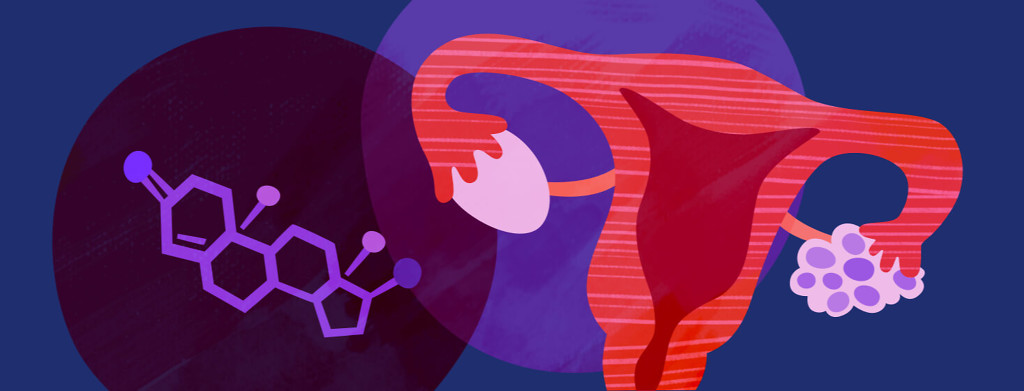What Is the Connection Between Hidradenitis Suppurativa and Polycystic Ovary Syndrome?
Hidradenitis suppurativa (HS) is a painful, chronic inflammatory condition that causes painful lumps under the skin. The lumps can break open, and tunnels can form under the skin. Living with the condition can be emotionally and physically debilitating.1-3
The exact cause of HS is still unknown, but doctors and researchers think genetics, inflammation, and hormonal imbalances all factor in disease development and progression.4,5
What we know about hidradenitis suppurativa:4-8
- HS affects females about 3 times more often than males
- HS changes with hormonal fluctuations during the menstrual cycle and pregnancy
- Excess weight, stress, hormonal changes, heat, and humidity may worsen HS symptoms
The complex and often frustrating disease frequently coexists with other health conditions like polycystic ovary syndrome (PCOS). This is known as a comorbidity, which a term used to describe when 2 or more disorders appear in the same person.2
Understanding PCOS
Polycystic ovary syndrome is a complicated disorder that affects 1 in 10 women of childbearing age. Women living with PCOS have an imbalance of sex hormones, cysts on the ovaries, irregular menstrual periods, and metabolism problems. Those irregularities can change a woman’s appearance, overall health, and her ability to have children.9-11
What we know about PCOS:9-12
- PCOS only affects women
- PCOS is marked by an imbalance of reproductive hormones
- PCOS is 1 of the most common causes of infertility
- Genetics and weight play a role in who gets the disorder
- Excessive facial and body hair is a normal symptom
While the exact cause of PCOS is unknown, research suggests that an overproduction of androgens, often called male sex hormones, contribute to disease development. Data shows women with PCOS have more androgens than normal.9,10,12,13
Are HS and PCOS connected?
There is no simple answer to this question. Researchers have linked PCOS to HS, but their link is still being explored.7,14
Both disorders are quite complex, and their relationship could be just as complicated.
What we know about PCOS and HS:6,8,14
- PCOS is more common in women with HS
- Odds of having PCOS are about 2 times higher in women with HS
- Around 9 out of every 100 people living with HS also have PCOS
- Inflammation is a contributor to PCOS and HS
- Genetics are a factor in both disorders
Could sex hormones be the link?
We know androgen overproduction is a potential source for PCOS, and some studies suggest sex hormones could play a role in the development of HS.6,7
Are there any treatments that could help?
The American Academy of Dermatology suggests treatment for HS should be individualized, with a person’s other health conditions taken into account.8
Hormonal imbalances affecting HS are still under review, but certain therapies targeting hormones show promise. As we learn more about HS and its overlapping conditions, it appears that HS disease affects multiple body systems, not just the skin.2,8
Both PCOS and HS have responded to anti-androgen treatment. Some drugs that target hormones include:6,7,13,14
- Hormonal birth control pills containing ethinyl estradiol and norgestrel
- Spironolactone (Aldactone)
- Finasteride (Propecia, Proscar)
These therapies are not necessarily FDA approved for treatment in both conditions.

Join the conversation